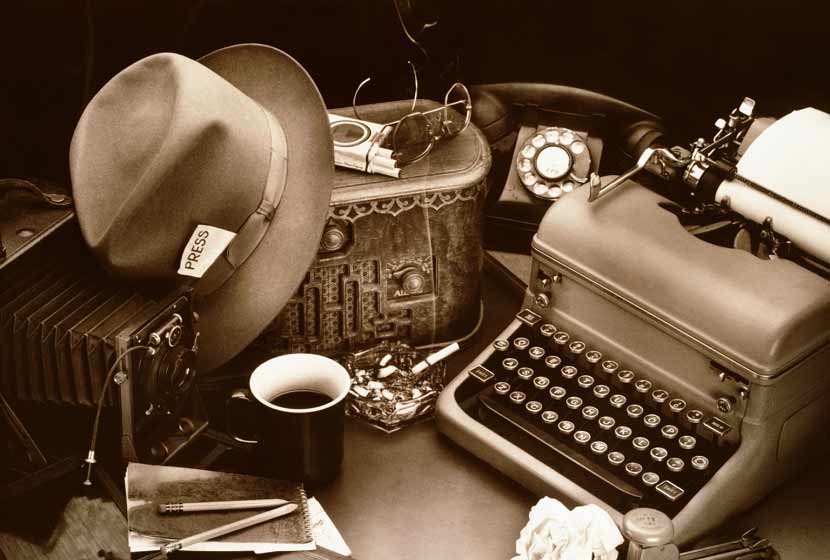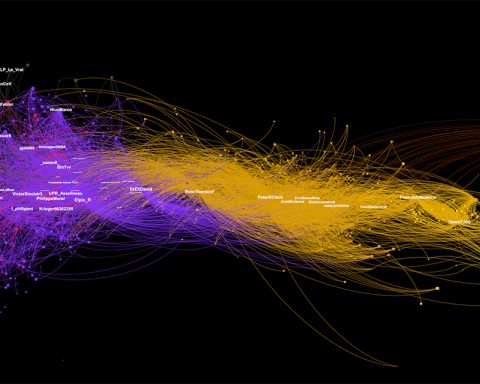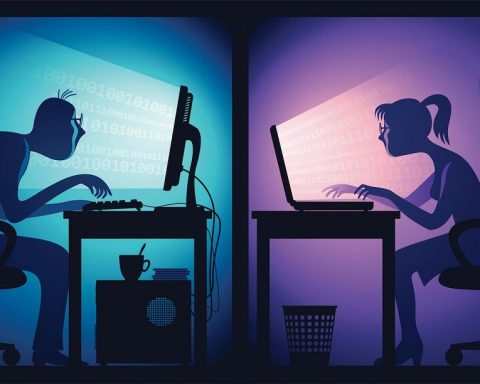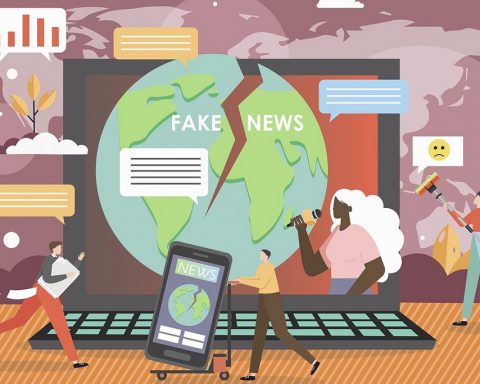The debate is heating up : the explosion of internet access has given the impression that anyone can become a journalist. Press cardholders screamed... and are still screaming. Among the communicators, finally first cousins of the journalists, the same sound was heard from those who believed that communication was the poor relation of science, but the worthy echo of the artist, another charlot at the bottom.
Once a journalist, always a journalist, a colleague once said to me... If we touch on the destiny of the pencil even if he has swapped his pen for a microphone or a camera, we would no longer escape this vocation: to stage the truth for his readers, for his audience, all in the name of the public interest. The graft of journalism would be indelible, not as a withering but as an impregnable genetic leap.
My purpose is not to verify that statement. It is to question the wall that some champions of journalism and communication like to erect between the two professions. This reflection came to light in me when I was asked to warn against the deviations of commentary from the sacrosanct factual. Commentary is to be proscribed because it is subjective and biased. The factual would be to be venerated because it came straight from the thigh of Jupiter transformed into the tutelary god of information. In short, the fact is true.
I have never completely subscribed to this hermetic division between fact and comment. For me, a purely factual article is not forged from the ingredients of journalism. A reporter, in fact, is rarely the direct transmitter of information: he or she collects it...from the hands of someone else. To confine oneself to pure factual information is no longer to do the work of journalism, but to limit oneself to the function of a spokesperson. A journalist's role is not just to stand on the street and hold out his microphone to the rustle and bustle of public life.
The journalist is an artist
On the other hand, the journalist is no more asked to brandish his point of view as a piece of information. They are asked to sift through the factual information using their own commentary skills and the skills of competent people to sift through the factual information to see how it is new, useful and serves the truth. The personalisation of journalists via so-called press blogs, via star status (see for example Audrey Pulvar and her outing against the newspaper Elle) contributes to this undue swelling of the commentary's navel. It is not inevitable to confuse polemics and journalism. In reality, factual and commentary are members of the same siblings, provided that the reader can tell the difference.
I admit that this balancing act is not always easy. There is a good reason for this: the journalist is an artist. But yes, he is creative and must be creative, again and again. Why is that? Because he has to catch the eye and the neurons of his audience. Because his articles and his subjects will never be read as much as a notice of death or a wedding announcement. Because neural competition is fierce.
To be educational and listened to, the journalist must therefore be creative. Otherwise, they fail in their mission. Otherwise, he opens the way for all manipulators and other communicators.
But then, journalists and communicators, they're enemy brothers? Not necessarily. The gulf can be widened here by communicators who want to distinguish themselves from the artistic side of journalists or the information storehouse side, the kind of fundamentalists of the factual. The communicator has his target, which he aims at by polishing up his message. Period.
It's the reporter who holds the pen or the microphone
I said in my previous article on More Than Words what I thought of this short-term communications strategy. To me, it's like going elephant hunting with a bullet in your rifle. If we don't succeed with this famous audience targeted by scientific sausage companies, we're dead because we didn't think to target the audience that is connected to our main audience. And if you miss the elephant with the first and only bullet, you might as well write your epitaph in advance. The communication that works must reach the second front line.
Let's get back to the gap between journalists and communicators. The latter have as many reasons to be artists in order to seduce their audience as journalists have to convince them of the relevance of their information. Admittedly, seduction is more the work of a communicator because it plays more on sensitivity. But it is not an absolute. I know communicators who make it a point of honour to be cold and boring, to be, according to them, corporate. On the other hand, the journalist will not use pamphlets to pass on his information. Does that make it a gap?
If there is a difference, I believe that there are many bridges between these two professions. The communicator sometimes suffers from the fact that he or she is working on behalf of a client. His or her purpose is therefore not the public good. However, it is not necessarily opposed to it. Otherwise, the communicator doubles as a manipulator, and this gives those who see lobbyists and other communicators as propaganda henchmen a lot to grind. The communicator must therefore remain in the nails of truth so as not to fall in the wake of his grave. In this way, he is closer to the journalist.
Twitter twittering
It seems to me that the two professions have every interest in getting to know each other better because one needs the other and vice versa. I once heard it said that journalists should no longer be seen as a transmission mechanism, but as an audience in their own right. What a scoop! When we said that, we didn't get very far...
And nothing is more irritating than hearing a communicator tell his troops that he needs well-written stories to make his reporters swallow. Remember, it's still the journalist who holds the pen, the microphone or the camera. If the story is all written, what is the point? This does not prevent the communicator from presenting journalists with a menu where the various ingredients will make for an interesting meal...signed by the journalist.
So, of course, this means that journalists have to get up from their desks, turn off their computers and check. It implies that they stop looking at twitter tweets as a sign of their credibility. If communicators are image makers, journalists are not paparazzi.
Philip of Casabianca, Corporate communicator and content strategist
{Jacuzzi on}











